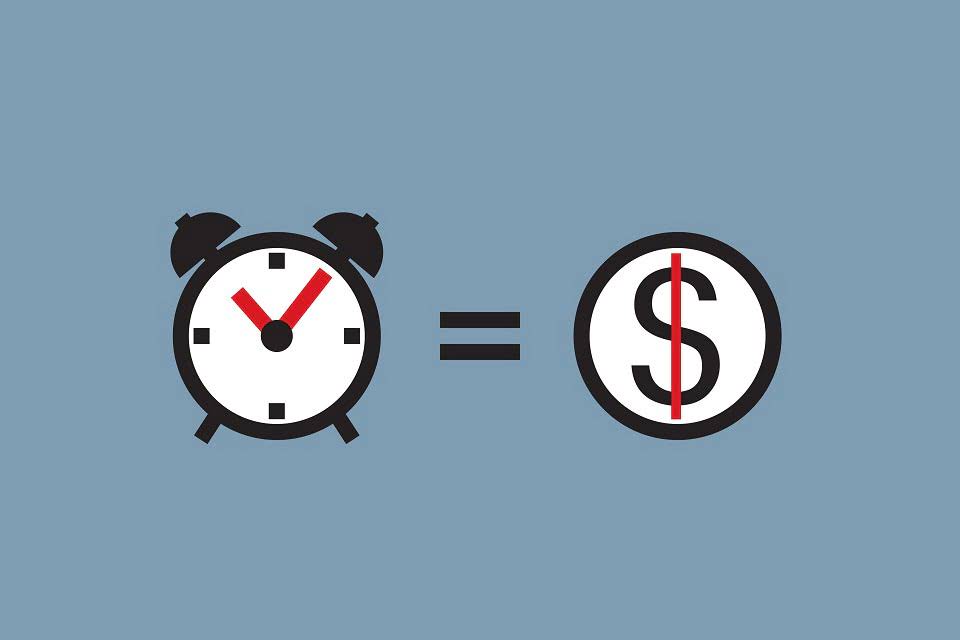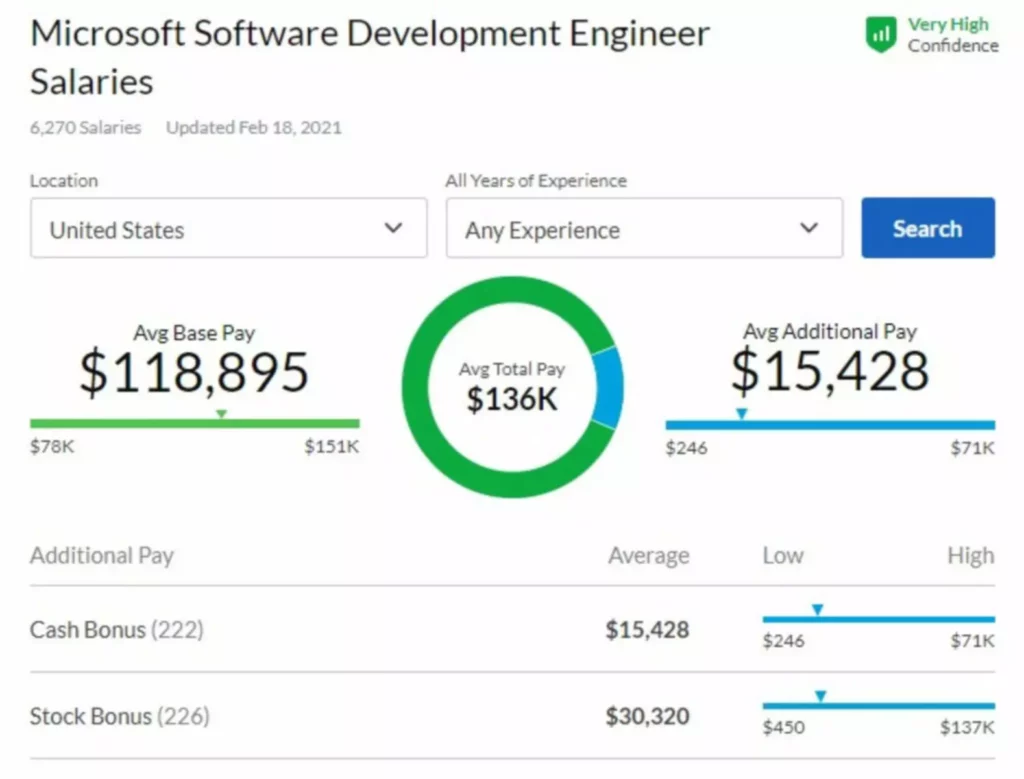Working Capital: Formula, Components, and Limitations
Tuesday, October 31st, 2023
Yes, technically capital lease liability would be considered more like short-term debt than an operating liability like accounts payable. We can see in the chart below that Coca-Cola’s working capital, as shown by the current ratio, has improved steadily over a few years. It tells us if a business has enough money to handle its daily expenses and to invest in its future.
Understanding Working Capital Management
- A furniture dealer operating in Texas has the following current assets and current liabilities in its balance sheet.
- Tech companies had reported results last week, which caused investors to fret about levels of investment in AI and a perceived lack of return.
- You can also define it as the difference between a company’s current income and liabilities.
- The AR cycle represents the time it takes for a company to collect payment from its customers after it has sold goods or services.
- The exact working capital figure can change every day depending on the nature of a company’s debt.
Therefore, working capital serves as a critical indicator of a company’s short-term liquidity position and its ability to meet immediate financial obligations. The working capital metric is relied upon by practitioners to serve as a critical indicator of liquidity risk and operational efficiency of a particular business. In the above picture, the highlighted part represents the total current liabilities of Walmart Inc which are due within a one-year time duration. Here, the total current liabilities for the year and 2019 is $77,790 million and $77,477 million respectively. If the change in working capital is negative, it means that the change in the current operating assets has increased more than the current operating liabilities. Stronger growth calls for greater investment in accounts receivable and inventory, which uses up cash.

Current Liabilities
- A ratio above one shows that the current assets are more than the current liabilities.
- This is a sign of financial health, since it means the company will be able to fully cover its short-term obligations as they come due over the next year.
- So, the first step for calculating the changes in NWC is the calculation of the Current assets of the current year and previous year (2020 and 2019).
- If you’re seeking to increase liquidity, a stricter collection policy could help.
- For you to have an efficient and positive working capital, you need to weigh your current levels.
The supermarket chain, which partnered with the menopause awareness initiative GenM in March, will display “menopause-friendly” products across an initial 45 stores. Caroline Foulger, partner and head of private client at TWN Solicitors, told the Money blog that she first asks clients for a brief overview of their family and assets and then a meeting is set up. You can also give directions about your funeral and ask for funeral expenses to be paid from your estate. Basically, a will is a legal document that sets out what happens to your money and assets when you die. Jack Tutton, director at SJ Mortgages, told Newspage tracker products were “not representing value for money for many consumers” at the moment.
Limitations of Working Capital Management
He has worked as an accountant and consultant for more than 25 years and has built financial models for all types of industries. He has been the CFO or controller of both small and medium sized companies and has run small businesses of his own. He has been how to calculate changes in working capital a manager and an auditor with Deloitte, a big 4 accountancy firm, and holds a degree from Loughborough University. Net working capital is a tool used by small business owners better to understand the current financial situation of their enterprise.

Calculate Current Liabilities
Operating net working capital can be viewed as the amount of cash tied up in the net funding of inventory, accounts receivable, and accounts payable. As shown above a change in inventory, accounts receivable, and accounts payable results in a change in working capital and a cash flow in or out of the business. Accordingly this cash flow is shown as part of the cash flow statement under the heading operating cash flow. Conversely, a working capital ratio below one can be a cause for concern.
Accounts Receivable Cycle

A working capital ratio below 1.0 often means a company may have trouble meeting its short-term obligations. That’s because the company has more short-term debt than short-term assets. To pay all of its bills as they come due, the company may need to sell long-term assets or secure external financing. Working capital management also involves the timing of accounts payable like paying suppliers.
- A company that keeps track of the working capital will have a smooth run.
- It indicates that Walmart’s current liabilities increases or the company have successfully stretched its account payable days.
- Working capital, also called net working capital, is the amount of money a company has available to pay its short-term expenses.
- Working capital is a key indicator of a company’s financial health and its ability to meet short-term obligations.
- Certain balance sheet accounts are more important when considering working capital management.
- Ultimately, changes in net working capital impact a company’s cash flow and financial health, highlighting the importance of monitoring these fluctuations for effective financial management.
- The working capital cycle matters because the change in net working capital (NWC) impacts a company’s free cash flow (FCF) profile and liquidity.
Current Assets

Still, it’s important to look at the types of assets and liabilities and the company’s industry and business stage to get a more complete picture of its finances. Therefore, as of March 2024, Microsoft’s working capital metric was approximately $28.5 billion. If Microsoft were to liquidate all short-term assets and extinguish all short-term debts, it would have almost $30 billion remaining cash. Working capital as a ratio is meaningful when compared alongside activity ratios, the operating cycle, and the cash conversion cycle over time and against a company’s peers.
What Is the Relationship Between Working Capital and Cash Flow?
- If a company has a current ratio of less than 1.0, this means that short-term debts and bills exceed current assets, which could be a signal that the company’s finances may be in danger in the short run.
- When you determine the cash flow that is available for investors, you must remove the portion that is invested in the business through working capital.
- Conceptually, working capital represents the financial resources necessary to meet day-to-day obligations and maintain the operational cycle of a company (i.e. reinvestment activity).
- If a company’s change in NWC has increased year-over-year (YoY), this implies that either its operating assets have grown and/or its operating liabilities have declined from the preceding period.
- Below is Exxon Mobil’s (XOM) balance sheet from the company’s annual report for 2022.





